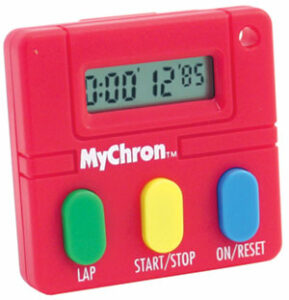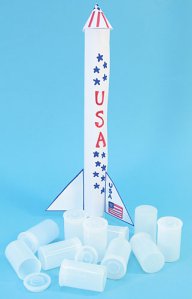 by: Martin Sagendorf
by: Martin Sagendorf
A Definition:
Clocks measure time – it can be a continuous measure of events passing or the measure of the interval between two events.
Of Hours:
After years of evolution, our modern clocks now divide the day into 24 equal length hours. And, as we know, there are two systems in use today: Americans use the “double-twelve” system while the rest of the world uses the 24 hour system.
As An Aside:
The word “hour’ comes from the Latin and Greek words meaning season, or time of day. A “minute” from the medieval Latin pars minuta prima (first minute or small part), originally described the one-sixtieth of a unit in the Babylonian system of sexagesimal fractions. And “second” from partes minutae secundae, was a further subdivision on the base of sixty – i.e. “a second minute”. (ref. Pg. 42 The Discoverers by Daniel J. Boorstin)
The “Double-Twelve” Clock Face:
Has 12 at the top – probably because at noon the sun is at its highest point in the sky.
But…
We can make a clock with 12 o’clock anywhere we wish and the clock will still work just fine. Read the rest of this entry »



 Posted by Tami O'Connor
Posted by Tami O'Connor 

 by: Cynthia House
by: Cynthia House
 by: Tami O’Connor
by: Tami O’Connor

